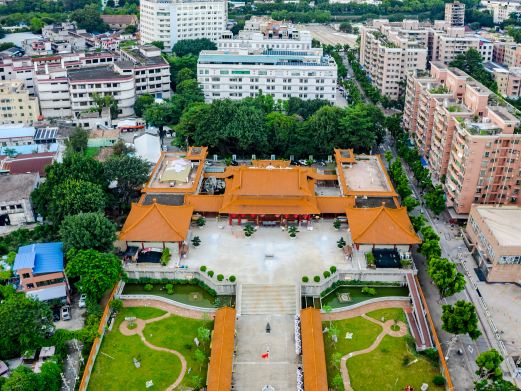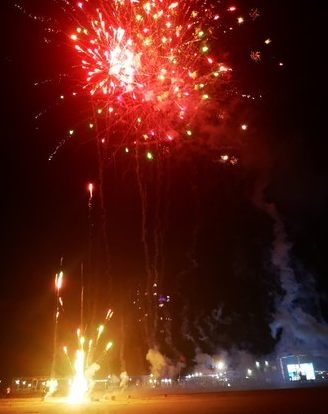Located in the southeast of Baihe Town, Kaiping City, 20 kilometers northeast of the city center, the Majialong Watchtower Cluster is composed of five natural villages: Yong’an, Nan’an, Hedong, Qinglin, and Longjiang, built by the Huang and Guan families at the end of the Qing Dynasty. There are currently 171 households and 506 residents, with 80% being overseas Chinese households. Overseas Chinese are mainly distributed in countries such as the United States, Canada, and Australia.
The village of Majialong is backed by the majestic Baizhu Mountain and faces the clear and mirror-like water of the Tan River. The five natural villages are like a string of pearls, distributed in an orderly manner amidst the green mountains and clear waters. Upon entering, one is surrounded by lush bamboo, shaded by green trees, with the sounds of birds and the scent of flowers, reminiscent of a paradise. The people work diligently, live peacefully, and enjoy an extremely beautiful ecological environment.The village features 13 distinctive and well-preserved watchtowers, hidden among dense bamboo groves, blending harmoniously with the surrounding residences and natural environment. From a high vantage point, one might feel as if they are in a heavenly realm, akin to a mirage of ancient castles amid the green waves of bamboo. The construction of the Majialong Watchtower Cluster was entirely due to the rampant banditry and frequent floods of the time, built in the 1920s and 1930s, with most structures being 2 to 7 stories high.
The local traditional living environment harmoniously integrates Western advanced architectural techniques and cultural connotations, featuring Chinese hard mountain style, English and German castle styles, and European and American villa styles. The wall structures include mud and wood, brick and wood, and reinforced concrete. The doors and windows are made of thick steel plates, making them very sturdy. There are private towers and communal towers; those built by overseas Chinese, Hong Kong and Macao compatriots, or locals with private funds are private towers, while those built with collective funding are communal towers. The Majialong watchtowers played an active role in protecting the lives and property of local villagers. Records show that during three major floods in Kaiping in 1963, 1965, and 1968, the floodwaters rose above the roofs of houses, and villagers were able to take refuge on the watchtowers.
The Majialong Watchtower Cluster was declared a national key cultural relics protection unit by state authorities in June 2001 and was included in the World Heritage List by the 31st World Heritage Convention on June 28, 2007. Opening hours are 09:20-17:45 all year round; on New Year’s Eve, the opening hours are 09:20-14:00. Preferential policies: Children under 1.2 meters (inclusive) are free; children between 1.
The Majialong Watchtowers Cluster offers free admission to the following groups: Disabled militiamen and workers with valid certificates issued by the People’s Republic of China, journalists with press cards issued by the Press and Publication Administration, military personnel including active-duty soldiers, ‘three-related’ individuals, military family members, veterans, and other preferential targets with valid documents. Students in middle and primary schools with student IDs are also admitted free of charge. For minors aged 16 and under (inclusive) who are over 1.5 meters in height, half-price admission applies with an ID card. Elderly individuals aged 60 and above (inclusive) enjoy half-price admission with valid identification documents. National firefighting and rescue personnel with valid documents are also eligible for free admission.



